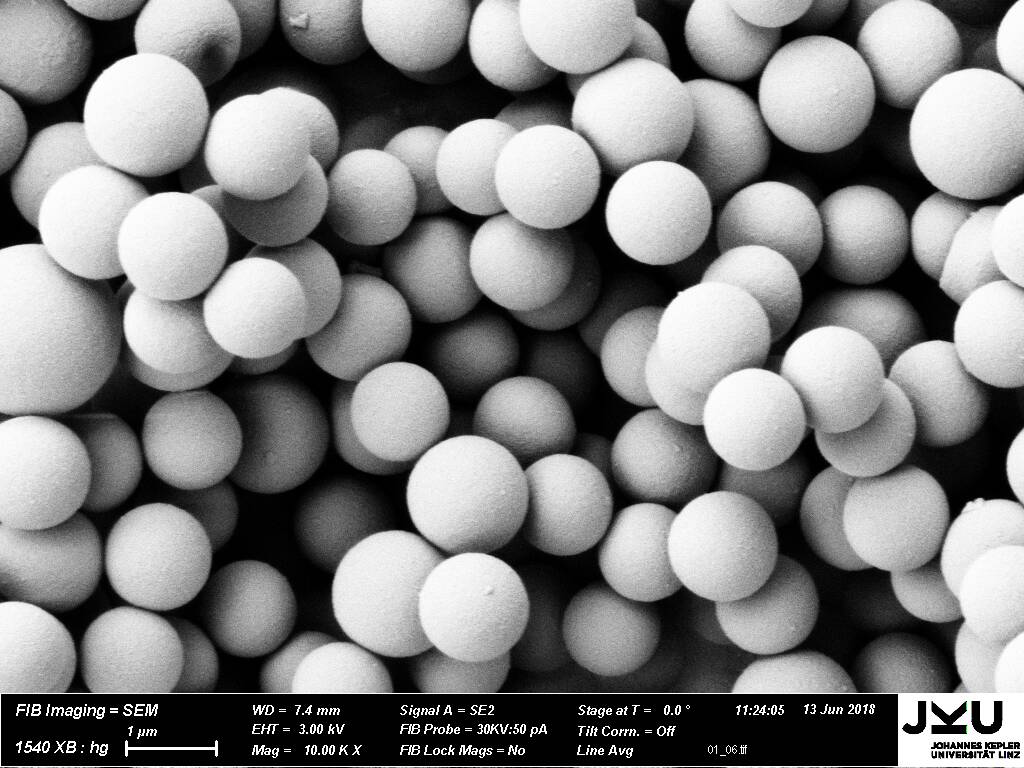
Melamine-based self-healing coating systems
Strategies to achieve thermally induced self-healing in melamine resins.
The goal of the project was to heal scratches in melamine resin coated surfaces through selective resin modification.
Self-healing by Diels Alder reaction
A possible basic reaction suitable for healing is the Diels-Alder reaction (DA) which is formed by crosslinking furan and maleimide groups and conventionally it takes place at low temperatures. At higher temperatures, this crosslinking can be cleaved again via reversible reaction (retro Diels-Alder, rDA). By attaching functional groups, the resin becomes more flexible and it becomes “liquid”, which means sufficient mobility of the matrix enables the crack planes of the coating to come together. The reactive furan and maleimide groups can identify each other again during cooling and crosslink again which lead to healing of scratches. The process above can be theoretically repeated for an infinite number of times.
Self-healing needs flexibility
However, this self-healing concept needs flexibility, i.e. the thermally activatable crosslinking groups have to be attached as flexible part into the rigid melamine resin system so that they can "flow".
Two novel approaches were accomplished:
- Melamine resin particles were modified on the surface with furan groups and then reversibly crosslinked with a flexible maleimide crosslinker.
- The melamine formaldehyde resin was synthesised using a melamine-Diels-Alder adduct instead of melamine monomer and crosslinked as usual to form a melamine resin which has reversible crosslinking properties.
Using the two described methods, self-healing effects can be obtained as shown in the figure above. Self-healing requires a temperature of 120 °C and above this temperature the resin becomes "liquid" and flows into the scratches. While cooling down to 65 °C, the networks are formed again and the scratched surface is healed, properties look similar as before. However, it was observed that due to side reactions, the healing effect is currently limited to three cycles. Nevertheless, the presented system has potential to realise repair mechanisms for e.g. furniture surfaces in a simple way. For the project results, a patent application has been filed (AT522154A4 Melamine-based monomer).





